Requested by: @AdmiralWheatman
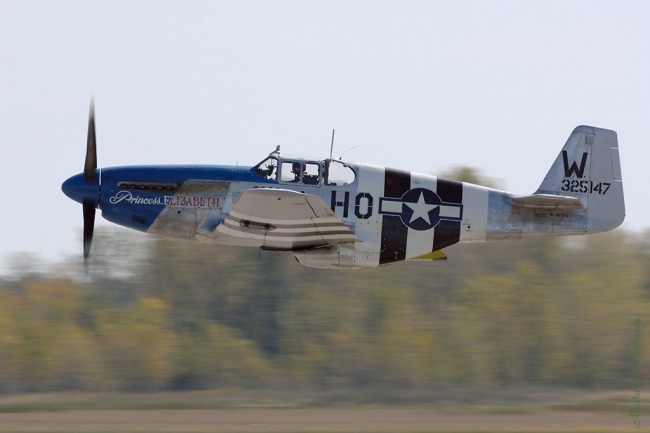
The North American Aviation P-51 Mustang is an American long-range, single-seat fighter and fighter-bomber used during World War II and the Korean War, among other conflicts. The Mustang was designed in April 1940 by a design team headed by James Kindelberger of North American Aviation (NAA) in response to a requirement of the British Purchasing Commission. The Purchasing Commission approached North American Aviation to build Curtiss P-40 fighters under license for the Royal Air Force (RAF). Rather than build an old design from another company, North American Aviation proposed the design and production of a more modern fighter. The prototype NA-73X airframe was rolled out on 9 September 1940, 102 days after the contract was signed, and first flew on 26 October.
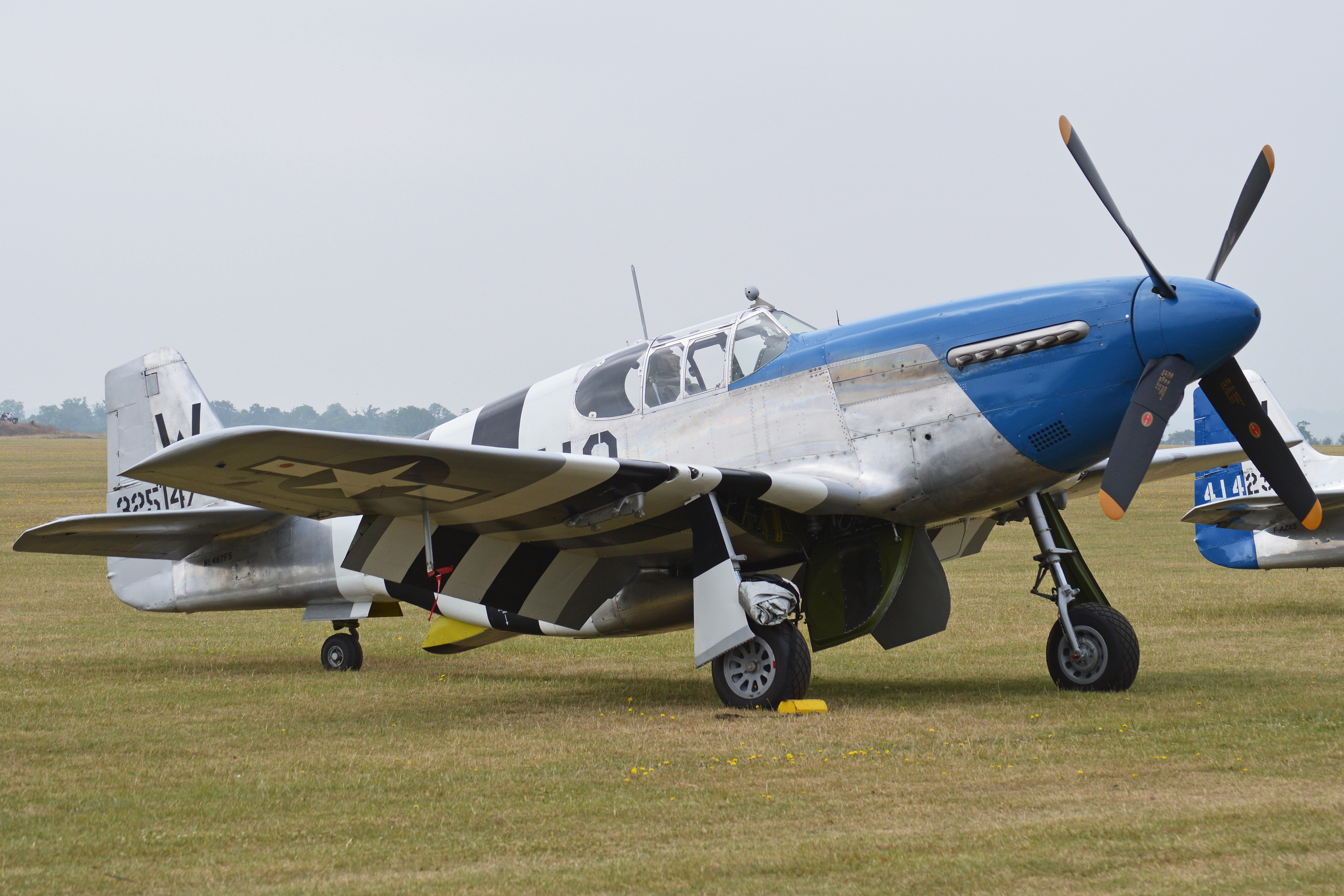
From late 1943, P-51Bs and P-51Cs (supplemented by P-51Ds from mid-1944) were used by the USAAF's Eighth Air Force to escort bombers in raids over Germany, while the RAF's Second Tactical Air Force and the USAAF's Ninth Air Force used the Merlin-powered Mustangs as fighter-bombers, roles in which the Mustang helped ensure Allied air superiority in 1944. The P-51 was also used by Allied air forces in the North African, Mediterranean, Italian and Pacific theaters. During World War II, Mustang pilots claimed to have destroyed 4,950 enemy aircraft.
Controls:
VTOL: Flaps
Trim: Elevator Trim
Specifications
General Characteristics
- Created On Windows
- Wingspan 29.6ft (9.0m)
- Length 25.1ft (7.6m)
- Height 9.5ft (2.9m)
- Empty Weight N/A
- Loaded Weight 3,941lbs (1,787kg)
Performance
- Horse Power/Weight Ratio 0.378
- Wing Loading 25.8lbs/ft2 (126.0kg/m2)
- Wing Area 152.7ft2 (14.2m2)
- Drag Points 1165
Parts
- Number of Parts 188
- Control Surfaces 7
- Performance Cost 666


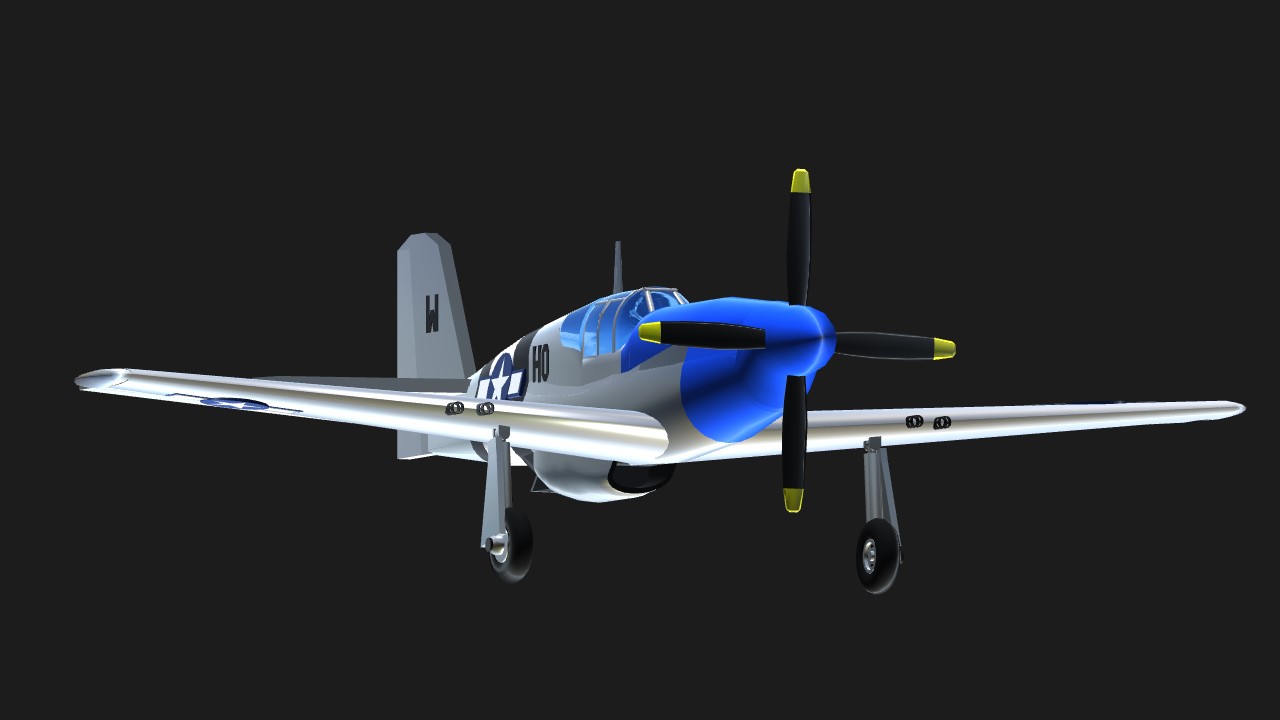
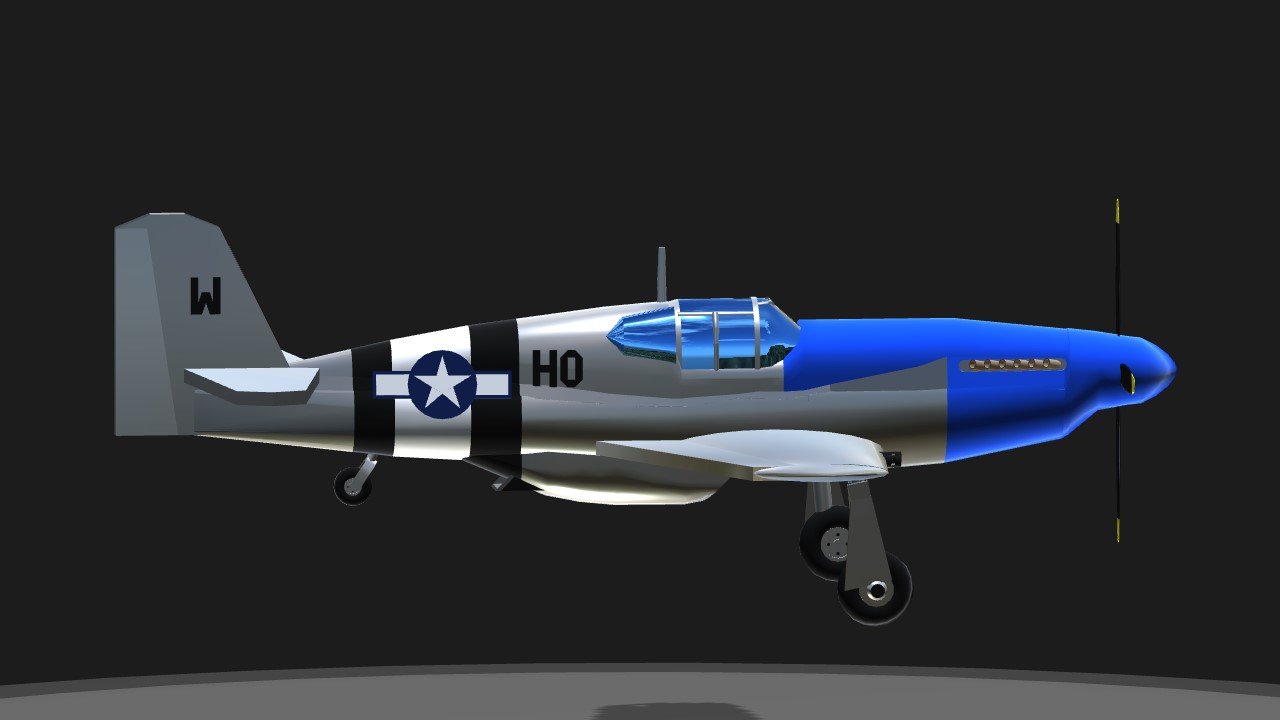
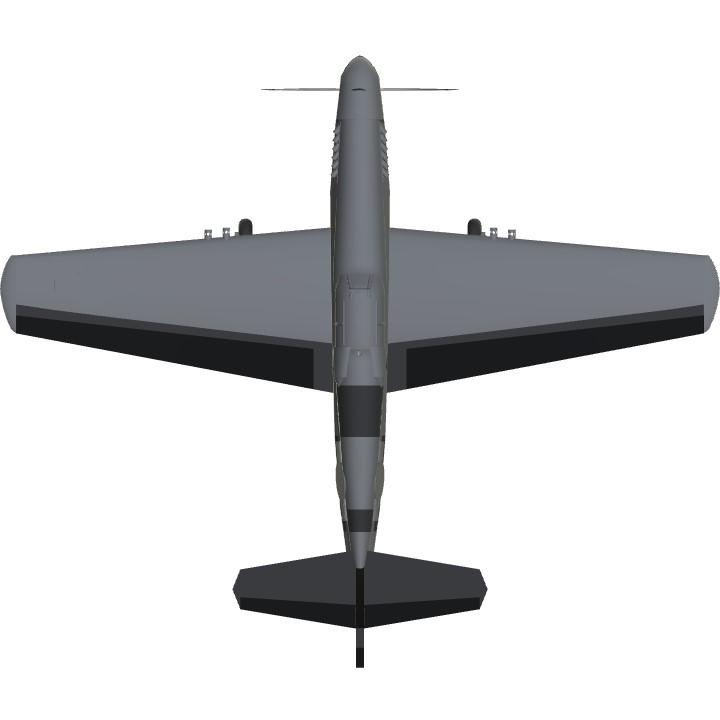

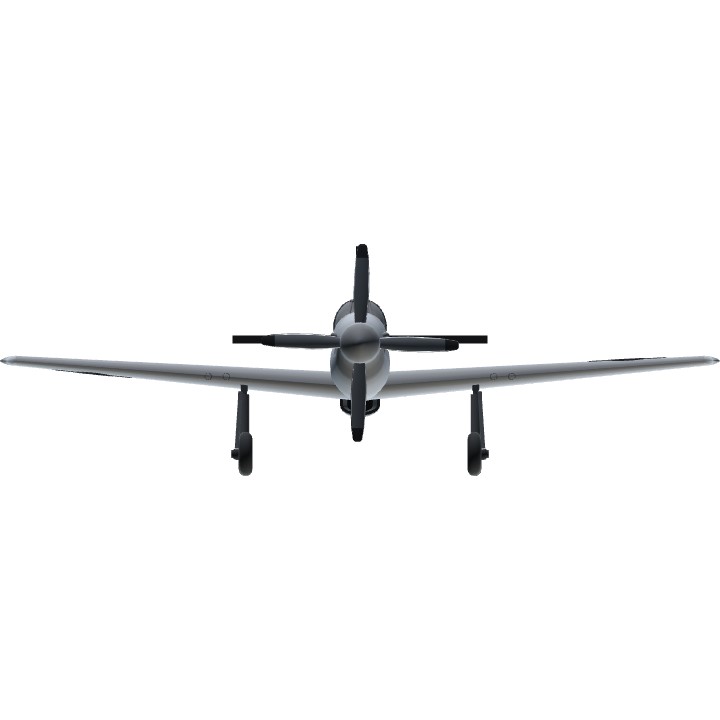
@AdmiralWheatman You're welcome
@Inuyasha8215 thank you!
Nice build , Great job .
@NatsukiHoshino thanks
Very good P51!
Third
second
First
@AdmiralWheatman enjoy